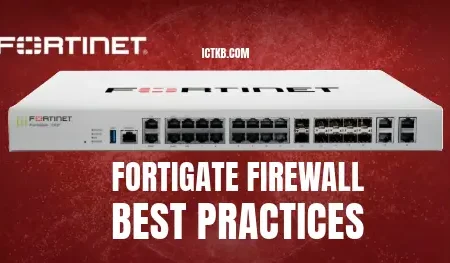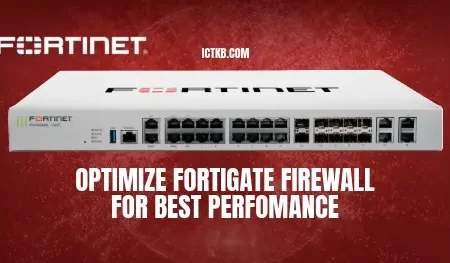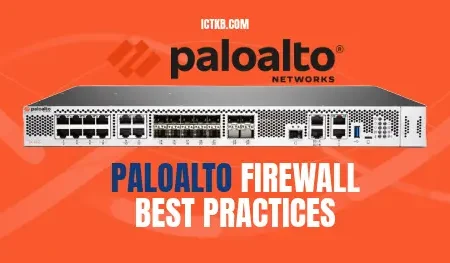Fortinet FortiGate firewalls are powerful security solutions, but just like any tool, they require proper configuration and management to deliver their full potential. Here are 10 essential best practices to maximize the security posture of your network using Fortinet FortiGate firewalls:
- Harden the Firewall:
- Change default credentials for administrative access and implement strong password policies.
- Disable unused services and protocols to minimize potential attack surfaces.
- Regularly review and update system firmware to benefit from the latest security patches and performance improvements.
- Security Policy Management:
- Implement a “deny-all” default rule and explicitly allow only desired traffic through specific policies.
- Regularly review and update security policies to reflect changes in your network environment and emerging threats.
- Organize policies logically for easier management and troubleshooting. Group related rules based on functionality or user groups.
- Application Control:
- Leverage application identification features to create granular security policies based on specific applications.
- Block malicious or unauthorized applications to prevent potential threats.
- Restrict access to specific applications for user groups or departments based on their needs.
- Identity and Access Control:
- Integrate your FortiGate firewall with user directories for user identification and authentication.
- Implement role-based access control (RBAC) to restrict access to network resources based on user roles and permissions.
- Utilize features like User-ID for advanced policy enforcement based on user identity and activity.
- Threat Prevention:
- Keep threat prevention signatures and security intelligence feeds up-to-date for comprehensive protection against evolving threats.
- Consider enabling sandboxing for advanced threat analysis of suspicious files to identify zero-day attacks.
- Utilize intrusion prevention features to block known vulnerabilities and exploits before they compromise your network.
- Logging and Monitoring:
- Configure comprehensive logging to capture security events, network traffic details, and user activity.
- Utilize a Security Information and Event Management (SIEM) system to centralize log collection and analysis for better threat detection and incident response.
- Regularly review firewall logs for suspicious activity and potential security breaches. Analyze trends and identify anomalies that might indicate a cyberattack.
- Backups and Disaster Recovery:
- Establish a regular backup schedule for your firewall configuration to ensure a quick recovery in case of failure.
- Implement a disaster recovery plan to minimize downtime and data loss in the event of hardware malfunctions or cyberattacks.
- Test your backup and disaster recovery procedures periodically to ensure their effectiveness.
- Security Awareness and Training:
- Educate users on cybersecurity best practices to minimize the risk of human error and social engineering attacks.
- Train IT staff on Fortinet FortiGate administration and best practices for optimal security management.
- Conduct regular security awareness campaigns to keep users informed about emerging threats and phishing tactics.
- Continuous Monitoring and Improvement:
- Regularly monitor firewall performance metrics like CPU, memory, and traffic flow.
- Analyze security logs and identify trends or suspicious activity.
- Continuously review and update security policies to adapt to new threats and network changes.
- Stay Updated:
- Subscribe to Fortinet security advisories and vulnerability updates to ensure your firewall remains protected against the latest threats.
- Attend relevant security training and workshops to stay informed about evolving cyber threats and defense strategies.
- Regularly review Fortinet’s best practices documentation for new recommendations and security improvements.
By following these best practices, you can significantly enhance the security posture of your network using Fortinet FortiGate firewalls. Remember, security is an ongoing process. Continuous vigilance and proactive measures are crucial to stay ahead of cyber threats and protect your valuable data and systems.






